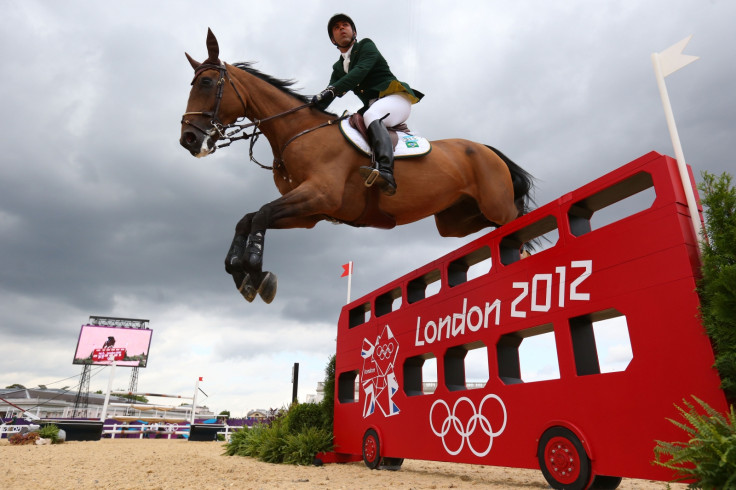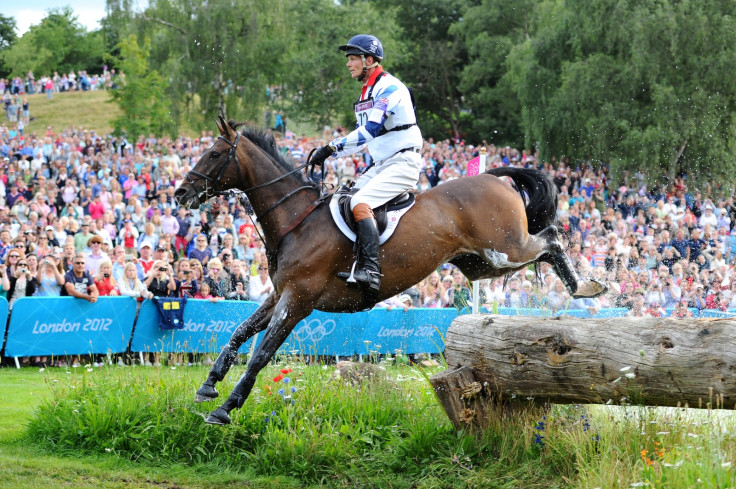Rio 2016 Olympics equestrian competition: All you need to know ahead of the event
There are six equestrian events in the Brazil Games – here is a history of the event and its 2016 schedule.

Equestrianism debuted at the Olympic Games in 1900 before disappearing until 1912. Since then it has appeared in every subsequent edition. Since 1924, the equestrian competitions have been held under the authority of the Federation Equestre Internationale. At this summer's Rio Games, there will be six events in total.
The original equestrian events did not include any of the disciplines seen today. They were: polo; Grand Prix jumping, which was similar to show jumping; the High Jump; and the Long Jump. In 1906, the IOC Congress agreed to add dressage, eventing, and show jumping to the programme of the 1908 Olympic Games in London, although they were not officially introduced until four years later in Stockholm, Sweden.
Prior to the 1952 Games in Helsinki, there were serious restrictions placed on who could participate in the equestrian events, which meant only commissioned military officers and 'gentlemen' were allowed to compete.
As a result, all women and all men serving in the military but not holding officers' commissions were effectively excluded.
Disciplines such as polo and vaulting have long since fallen by the wayside, but since 1964, equestrianism has been one of few Olympic sports in which men and women compete with each other. In team competitions, there is a often a mix of male and female participants.
Rules
These days, equestrianism is divided into three distinct categories: dressage, jumping and eventing. The dressage is staged on a flat area and requires the horseman or horsewoman to prompt their animal to perform movements such as steps, trots and canters, in addition to freestyle routines choreographed to music.
Jumping requires riders to complete a course of eight to 12 obstacles, such as fences and water jumps, as quickly as possible without committing any faults. The winner of the competition is the rider with the fewest number of points.
The final discipline is eventing, which is considered to be the equestrian triathlon, combining dressage, jumping and cross country. The riders compete on the same horse in all three disciplines and the man or woman with the fewest points is declared the winner.
Key terms
Clear round: When a rider manages to navigate his or her way round a showjumping course without committing any faults.
Canter: The speed at which the horse's legs are all off the ground at once during the dressage discipline.

Athlete to watch
William Fox-Pitt. Now 47, William Fox-Pitt has enjoyed a glittering eventing career to date, winning a host of prestigious events including three Olympic medals in the team event. Fox-Pitt also won team gold and individual silver at the World Equestrian Games in 2012, as well as team silver and individual bronze in 2014. He will be eager to achieve more glory in Rio de Janeiro this summer.
Venue
The events are to be staged in the Olympic Equestrian Centre, which was built in 2007 for the Pan American Games and was modernised and expanded for the Rio 2016 Games. The impressive venue will host the jumping and eventing arena, cross-country course, as well as the horse and trainer accommodations.
Schedule
6 August: Eventing dressage day one
7 August: Eventing dressage day two
8 August: Eventing cross-country
9 August: Eventing showjumping
9 August: Eventing team/indiv medals
10 August: Dressage grand prix day one
11 August: Dressage grand prix day two
12 August: Dressage grand prix special
12 August: Dressage team medals
13 August: Showjumping training session
14 August: Showjumping first qualifier
15 August: Dressage grand prix freestyle
15 August: Dressage individual medals
16 August: Showjumping team round one
17 August: Showjumping team round two
17 August: Showjumping team medals
19 August: Showjumping individual
19 August: Showjumping individual medals
© Copyright IBTimes 2025. All rights reserved.





















